In dental jargon, a bone graft is a procedure that involves taking healthy bone from one part of the mouth and placing it in another to increase volume and improve the strength of surrounding teeth. There are several types of bone grafts, each with its own benefits and drawbacks. In this blog post, you’ll learn more about three common types of bone grafts: sinus lift with bone graft, alveolus and sinus floor elevation, as well as implant-assisted jawbone graft surgery.
If you’re interested in any of these procedures—or would like to know what to ask your dentist before scheduling them—read on!
What is a sinus lift with bone graft?
A sinus lift with bone graft is a procedure in which the dentist in Mumbai or oral surgeon uses the patient’s own bone to improve the dental implant site. The procedure is sometimes called a maxillofacial graft. In this procedure, the dentist removes a small block of bone from the patient’s palate. Next, the surgeon places the bone block into the patient’s sinus cavity, lifting it up and out of the way.
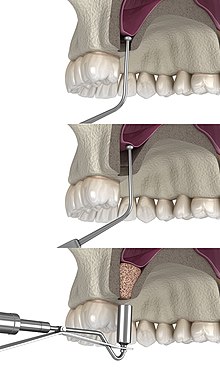
Then, the dentist implants an implant into the site where the bone lift was placed. The sinus lift with bone graft can improve implant success rates by creating more room for the implant. Since implants are placed below the gum line, there isn’t much room for surrounding tissue to grow into the implant site. A sinus lift procedure gives the implant site more room to grow into the jaw, which can reduce the risk of early implant loss.
Alveolus and sinus floor elevation
An alveolus and sinus floor elevation is a type of sinus lift that is done for placement of dental implants. During the procedure, a small amount of bone is removed from the jawbone. This bone is then placed in the patient’s sinus, where it lift the sinus floor and alveolar ridge (gum tissue around the teeth). This results in more room for the implant to be placed below the gum line.
An alveolus and sinus floor elevation is less invasive than other types of bone grafts. It also doesn’t cause any complications, such as infection or swelling in the sinuses. However, it doesn’t provide as much room for the implant as bone grafts, such as a genial iliac augmentation.
Implant-assisted jawbone graft surgery
An implant-assisted jawbone graft is a procedure that combines aspects of 2 types of grafts: an iliac augmentation and a genial iliac augmentation. In this procedure, dentist removes a small amount of bone from the patient’s hip and places it in the jawbone. This bone is then allowed to heal, after which it is placed below the gum line and around the implant.
An implant-assisted jawbone graft provides ample room for the implant and surrounding tissue to grow into the jaw. It is recommended for patients who have a very tight jawbone, as well as for those who have undergone a jaw surgery to correct an overbite.
This procedure can help implant placement in situations because it places bone in the jaw instead of below the gum line. Since this bone isn’t in the way, it is easier for the implant and surrounding tissue to grow into the jaw.
The benefits of a bone graft for dental implants
A bone graft for implants can provide ample room for the implant and surrounding tissue to grow into the jaw. It is recommended for patients who have a very tight jawbone, as well as for those who have undergone a jaw surgery, such as a surgery to correct an overbite. A bone graft also has other benefits.
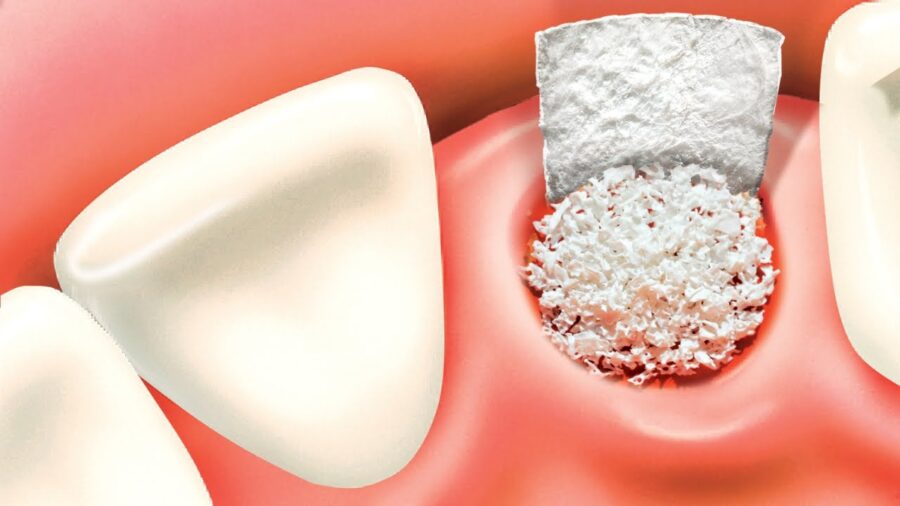
For example, it can help to prevent gum disease. If there isn’t enough room between the gum line and the teeth, bacteria can build up and cause infection. When there is adequate room, the teeth can be cleaned more easily, reducing the risk of gum disease. A bone graft can also improve the look of your smile. By adding jawbone structure and volume, it can make the teeth appear longer and more attractive.
Drawbacks of a bone graft for dental implants
A bone graft for dental implants is invasive. It can cause complications, such as infection and swelling in the jaw. It can also be more expensive and time-consuming than other procedures, as well as cause additional discomfort for the patient. A bone graft is a long and complicated procedure that can take several weeks to complete. This can result in longer recovery times for the patient. In addition, it may require more appointments with the dentist and oral surgeon, as well as more anesthesia, than other procedures.
Which procedure should you choose?
To determine which bone graft procedure is best for you, first consider your dental and oral health situation. Are you in need of dental implants? If so, a bone graft is required before an implant can be placed. Next, consider your health situation. Are you in good health? Do you have any health conditions that may make certain procedures riskier for you? A bone graft is an invasive procedure if you have a health condition that makes it more risky. When you know what procedures are available to you and what each procedure entails, you can make an informed decision about which one is right for you!
Suggested Article –
Pros and Cons of Full Mouth Dental Implants
Difference between Crowns and Dental Implants?
Follow Us For More Updates
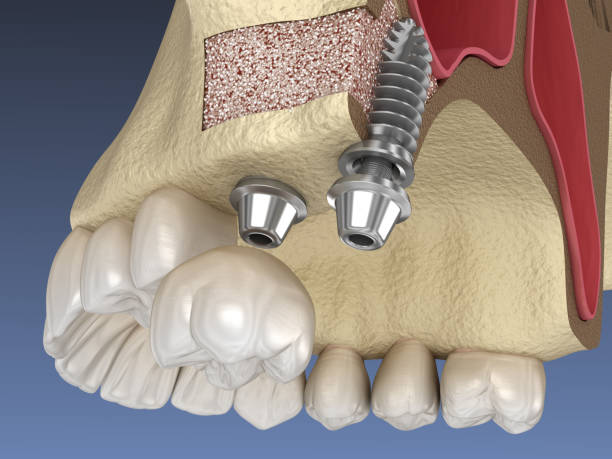

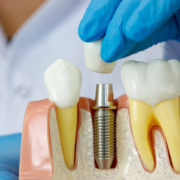


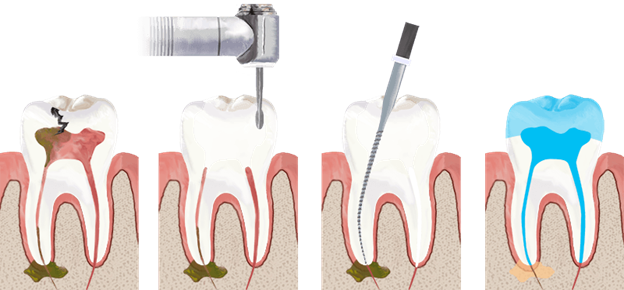
that is all very good royal dental clinic